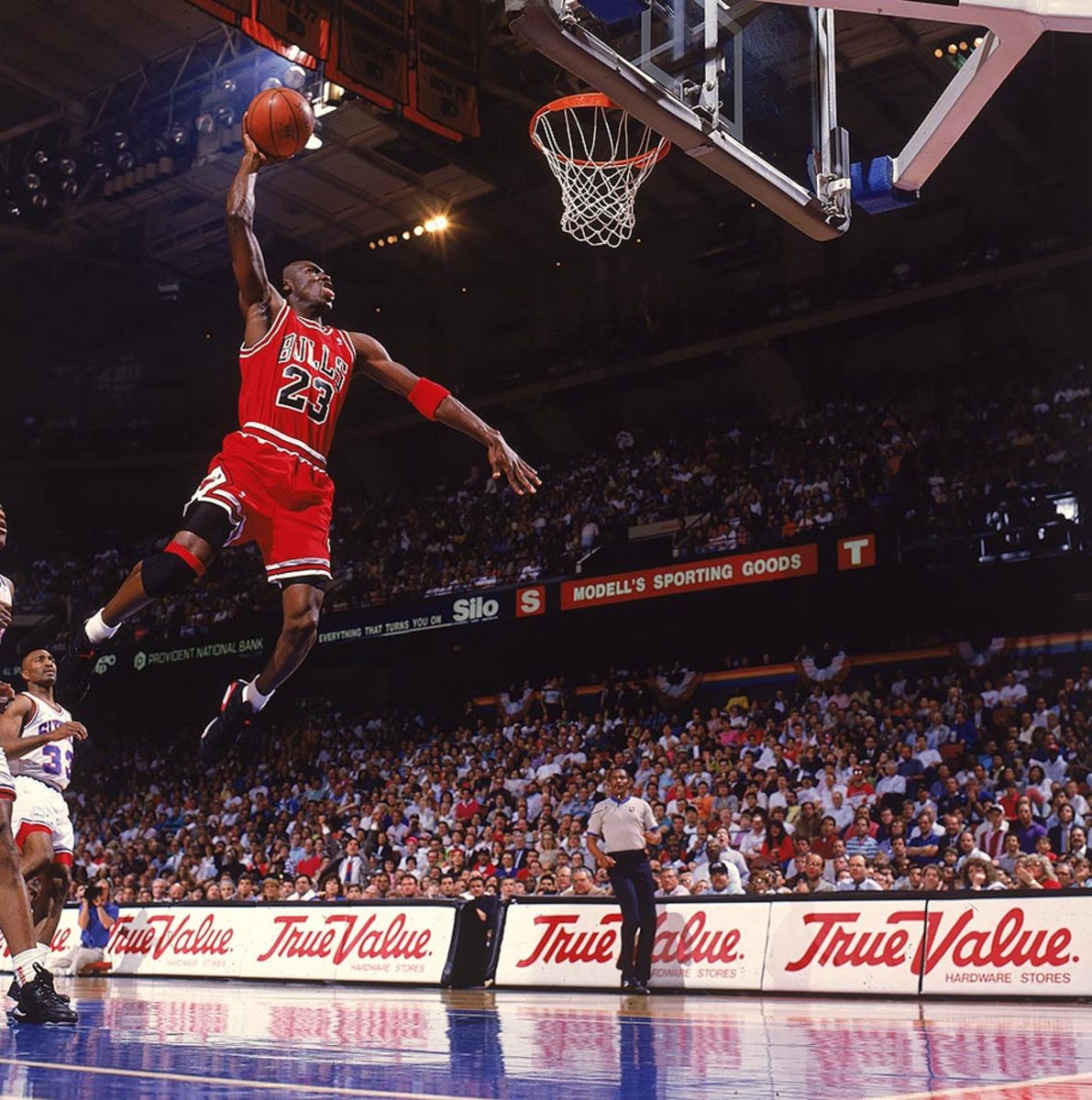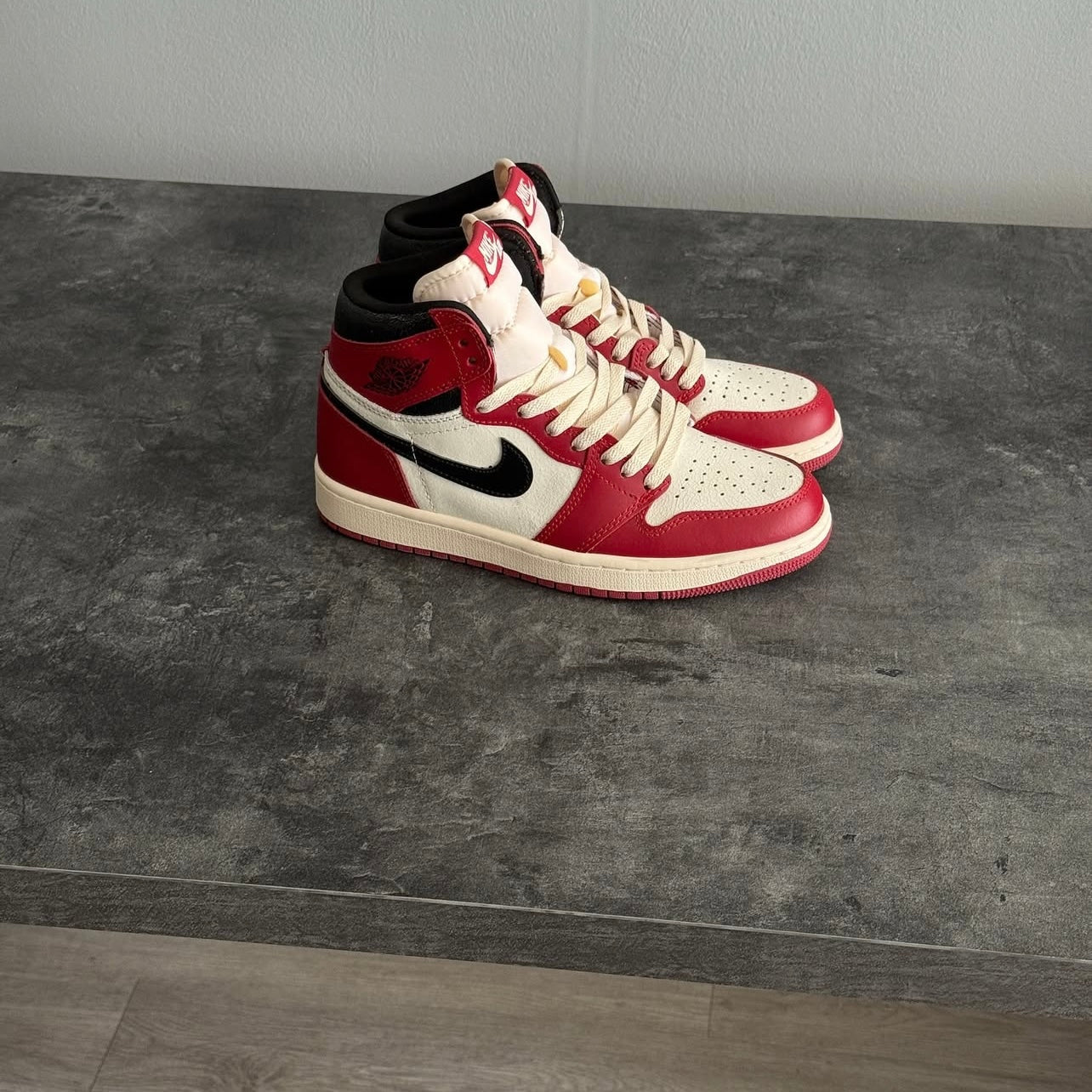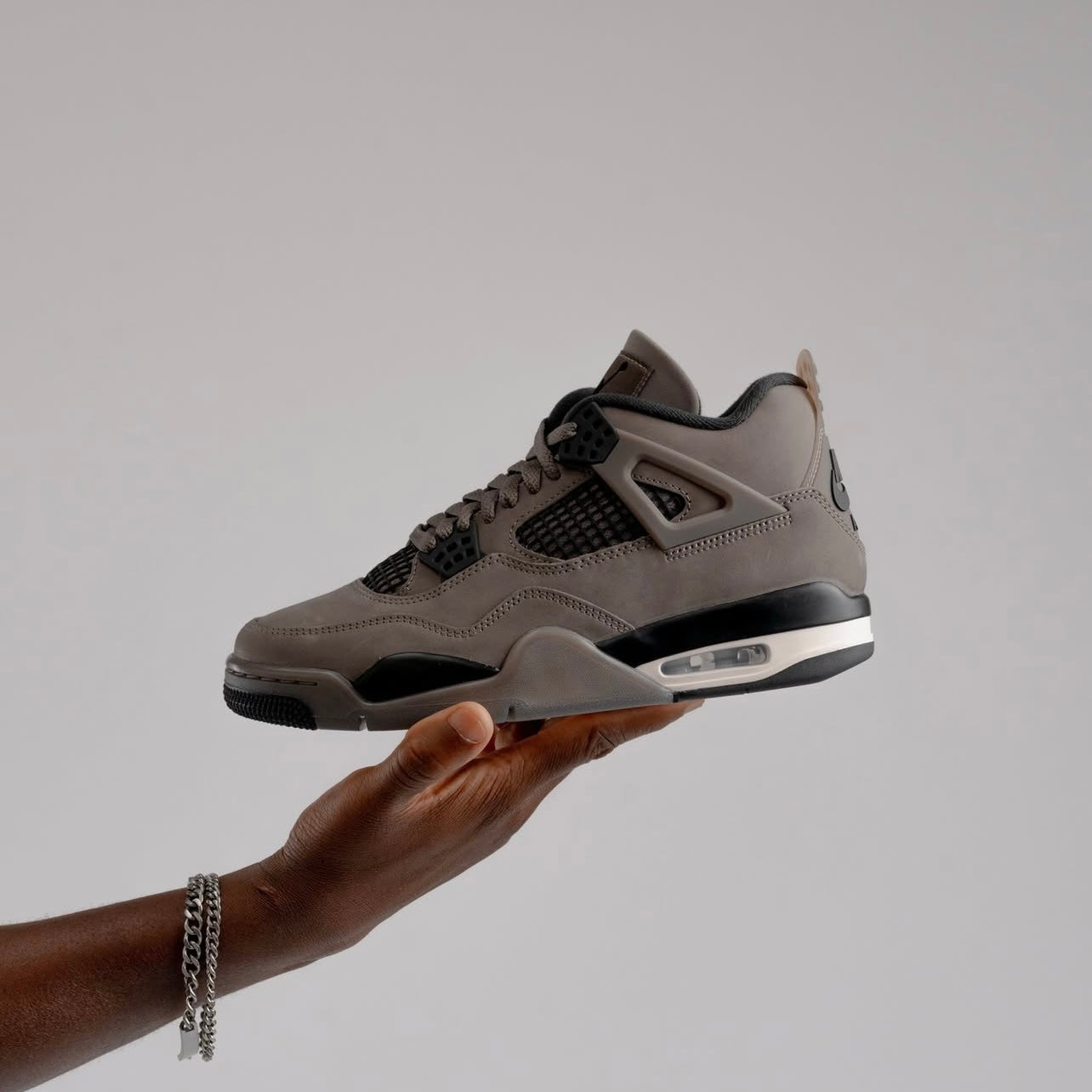The History of Air Jordan: A Sneaker Revolution
Few sneaker lines have had the cultural, athletic, and fashion impact of Air Jordan. What started as a basketball shoe in 1984 has evolved into a global phenomenon that continues to influence style and sports. Let’s dive into the story of how Air Jordan became more than just a sneaker, growing into a cultural icon.
The Beginning: 1984 and the Birth of Air Jordan
In 1984, Nike took a huge gamble on a rookie basketball player named Michael Jordan. Nike, at the time, was primarily known for its running shoes. But with Jordan, they saw an opportunity to reshape the basketball shoe market. Nike signed Jordan to a $500,000 per year deal for five years—unheard of for a rookie athlete.
The first shoe, the Air Jordan 1, hit the market in March 1985. The black and red “Bred” colorway quickly stirred controversy because it violated NBA uniform rules. Jordan was fined $5,000 every time he wore them in a game, a cost Nike happily paid because it turned the shoe into a symbol of rebellion. That rebellious spirit, combined with Jordan’s explosive play, turned the Air Jordan 1 into an instant hit.
The Evolution of Air Jordan
Following the success of the Air Jordan 1, Nike set out to innovate with each new model. The Air Jordan 2, released in 1986, had a more luxurious design and was made in Italy. While it didn’t reach the same level of popularity as the first, it laid the groundwork for what was to come.
Then came the Air Jordan 3 in 1988, a game-changing moment in sneaker history. Designed by Tinker Hatfield, the AJ 3 introduced the now-iconic Jumpman logo and visible Air cushioning in the sole. Jordan famously wore them in the 1988 NBA Slam Dunk Contest, where his free-throw line dunk became legendary. The Air Jordan 3 not only kept Michael Jordan with Nike, but it also elevated the sneaker into a cultural phenomenon.
The Air Jordan 5, released in 1990, added unique design elements like a reflective tongue and lace locks. The shoe’s distinctive style made it a favorite both on the court and in popular culture, appearing in Spike Lee’s *Do the Right Thing*, a moment that helped cement the brand’s place in streetwear.
The Golden Era: 1990s and Cementing a Legacy
The early 90s saw Jordan win his first NBA Championship in the Air Jordan 6, released in 1991. This shoe became synonymous with his rise to dominance in the league. By 1992, Jordan was leading the Dream Team to Olympic gold, sporting a special version of the Air Jordan 7, which featured his Olympic number 9.
One of the most iconic Jordans of all time, the Air Jordan 11, dropped in 1995. With its patent leather design, the AJ 11 had an almost formal look that no basketball shoe had ever attempted. Jordan wore the shoe during the Chicago Bulls’ historic 1995-96 season, where they won an NBA record 72 games. The AJ 11 also made a big-screen appearance in the 1996 film *Space Jam*, further embedding itself into pop culture.
Air Jordans Beyond Basketball
As the years passed, the Air Jordan line continued to push boundaries. In 2001, Nike began re-releasing classic models, known as “Retros,” giving a new generation of sneakerheads the chance to own the iconic designs. The retro releases kept the brand alive and relevant, helping it stay connected to both older fans and newcomers alike.
By 2009, the Air Jordan line had expanded beyond just basketball shoes, focusing more on innovation, lifestyle, and street fashion. The Air Jordan 31, released in 2016, celebrated the brand’s legacy by blending modern technology with elements of the original Air Jordan 1, reminding the world where it all started.
Why Are Air Jordans So Popular?
The popularity of Air Jordans goes beyond just their association with Michael Jordan’s basketball success. Jordan himself became a global icon, and the shoes became a way for people to connect with his legacy. The designs have always been at the cutting edge of both performance and fashion, introducing new elements that pushed the industry forward—like visible Air units, luxury materials, and patent leather.
Air Jordans also made a huge impact in music, especially hip-hop. The shoes became a status symbol in street culture, appearing in music videos and on the feet of rappers and celebrities. Limited releases and collaborations with high-end designers like Virgil Abloh’s Off-White have only added to their allure. The scarcity and exclusivity of some models have turned them into collectibles, often selling out within minutes of release.
A Timeline of Key Moments in Air Jordan History:
- 1985: The original Air Jordan 1 launches, breaking NBA uniform rules.
- 1988: The Air Jordan 3 debuts with the Jumpman logo and visible Air cushioning.
- 1990: The Air Jordan 5 is introduced with a reflective tongue and lace locks.
- 1991: Michael Jordan wins his first championship in the Air Jordan 6.
- 1996: The Air Jordan 11 becomes iconic, appearing in *Space Jam*.
- 2001: The Retro line revives classic Air Jordan models.
- 2016: The Air Jordan 31 blends modern technology with the history of the brand.
Conclusion
The Air Jordan brand is more than just a collection of shoes—it’s a cultural movement that has reshaped basketball, fashion, and street culture. From the rebellious early days of the Air Jordan 1 to today’s high-fashion collaborations, Air Jordans remain a symbol of innovation and style. Whether you’re a sneakerhead, a basketball fan, or just someone who appreciates great design, the legacy of Air Jordan continues to inspire.





Share:
Corteiz: The Rise of Streetwear’s Bold New Vision